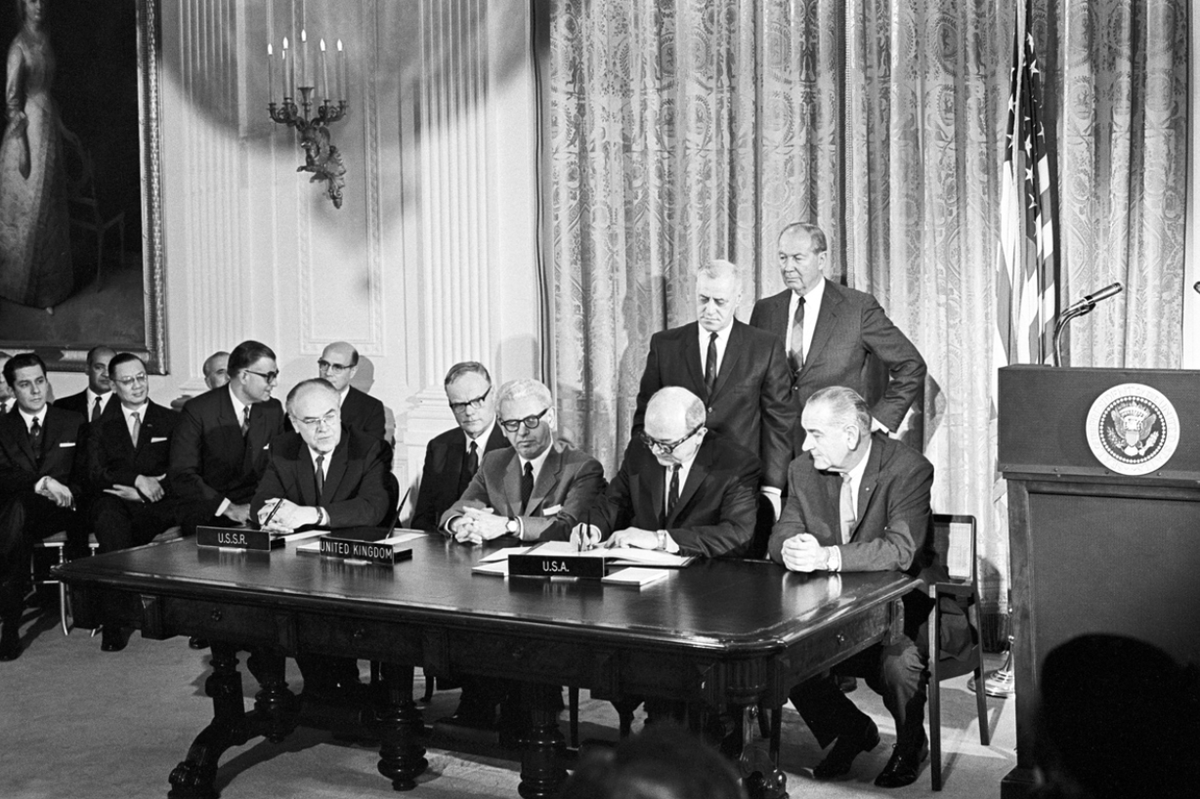Another Race to Space: A New Era of Diplomacy

Roxanna Brealey, Editor-in-Chief, History & Politics
The Outer Space Treaty, signed in 1967, states that no one owns space, declaring it to be a ‘province of all mankind’. However, the fact that no one owns it makes it all the more welcoming for nation-states and global players to flex their political muscles and assert dominance within the international sphere. Diplomacy has now extended beyond the confines of our atmosphere, and space has become a convenient diplomatic zone in which hard and soft power can be exercised to gain global influence.
It seems strange that space would be considered a ‘convenient’ location for diplomacy to occur, when considering the sheer cost of previous space exploration. The Apollo 11 mission (1969), which resulted in Armstrong as the first man on the moon, cost $3 billion, according to 2019 inflation-adjusted figures. It is ‘convenient’ because every single country has a stake in space. There is not one country that does not utilize space as a form of infrastructure, with satellites positioned there, providing core services such as communication, weather forecasting, navigation and military intelligence.
But space diplomacy is not limited to jetting astronauts back and forth into space to demonstrate technological prestige; it is also an opportunity for nation-states to extend influence within different regions. For example, in 2016, China launched a Space Information Corridor to aid its Belt and Road initiative, providing African nations with satellites in order to gain a greater geopolitical foothold in the region.
But as a consequence of these advancements, further tensions have arisen between India and China as a battle for dominance ensues on the Asian continent. In 2023, India became the fourth country to land a rover on the moon, with scholars now referring to this as the ‘Asian space race’.
Whilst these demonstrate examples of soft power, hard power can also be harnessed within the realm of space. Most prominently, the use of counter-space systems, which disrupts adversary space equipment, serves to less politely remind nations to stay in line. In particular, it has been reported that Russia uses counter-space system lasers to jam UK satellites that aid Ukraine’s military intelligence.
But what is the cost of this new era of space diplomacy? Financially, the costs are enormous, and engaging in this form of diplomacy is not an optional practice. It has become more significant as more Global South players throw their hat into the ring to assert dominance and attempt to exert influence.
But space diplomacy has become all the more necessary, as in 2024, 54% of governmental space funding was directed towards defence, witnessing a 10% increase from the previous year, amounting to a $73 billion spend. As the direction of space development shifts towards a defensive focus, further competition will inevitably arise.
Collaboration, cooperation and regulation will need to be seen in order to ensure that space conflict does not translate back into the confines of our atmosphere.



